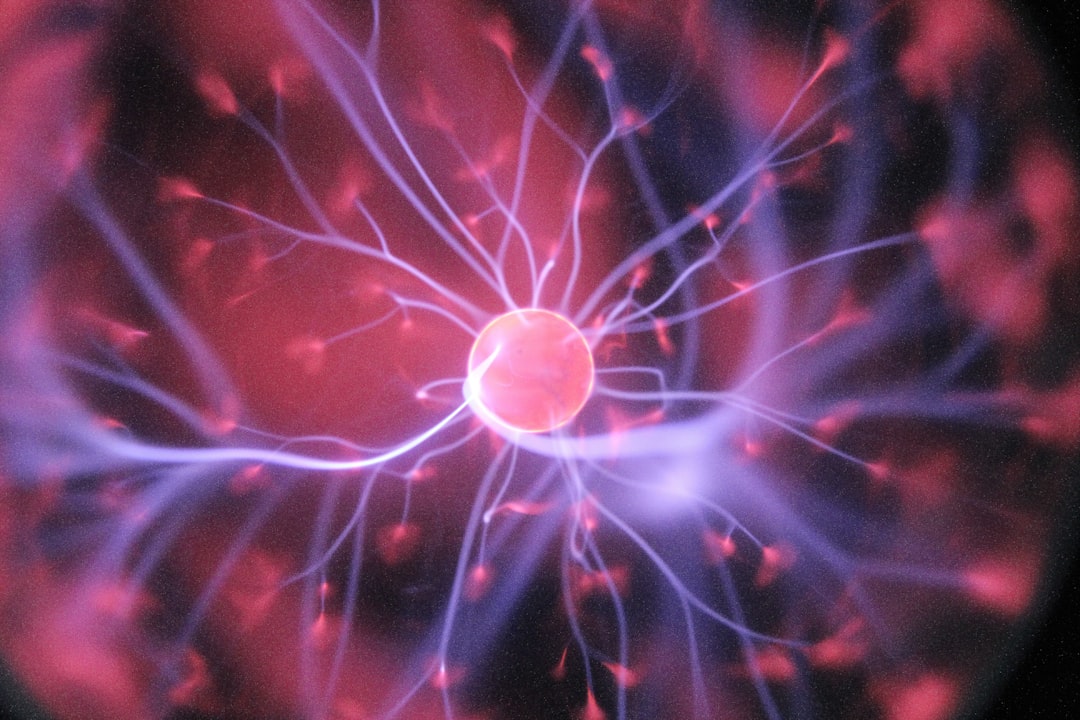What is it about?
This paper explores the dissolution process of a sessile, millimetric CO2 bubble in air-saturated water adhered to a flat plate. The bubble is not fully spherical, but rather displays a spherical cap shape. Consequently, the contact line dynamics must be taken into consideration in order to accurately predict the bubble dissolution rate and the time-evolution of the spherical cap shape as the bubble dissolves. During the dissolution process, CO2 gas diffuses out the bubble while air diffuses in. Moreover, since the solubility of air in water is much smaller than that of CO2 gas, the bubble eventually attains an apparent equilibrium size. At this point, the bubble is purely composed of air. In fact, the bubble will keep dissolving very slowly (over a timescale much larger than the timescale required for the equilibrium size to be attained) solely due to the effect of the Laplace pressure.
Featured Image
Why is it important?
We provide an effective dissolution model for a multi-component spherical cap bubble. The presence of the plate and the contact line dynamics are taken into account. This model is validated with experiments and compared against numerical simulation.
Read the Original
This page is a summary of: Dissolution of a spherical cap bubble adhered to a flat surface in air-saturated water, Journal of Fluid Mechanics, June 2015, Cambridge University Press,
DOI: 10.1017/jfm.2015.291.
You can read the full text:
Contributors
The following have contributed to this page










